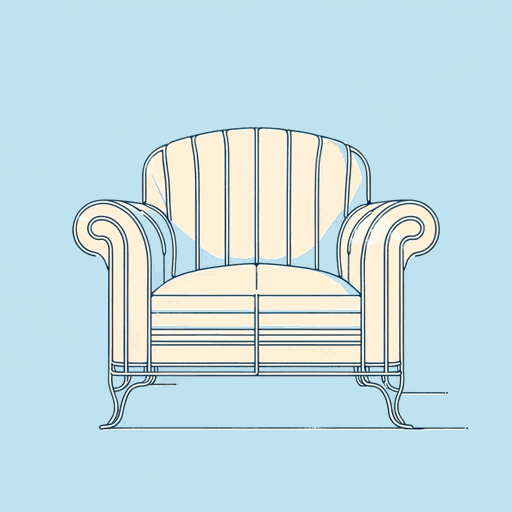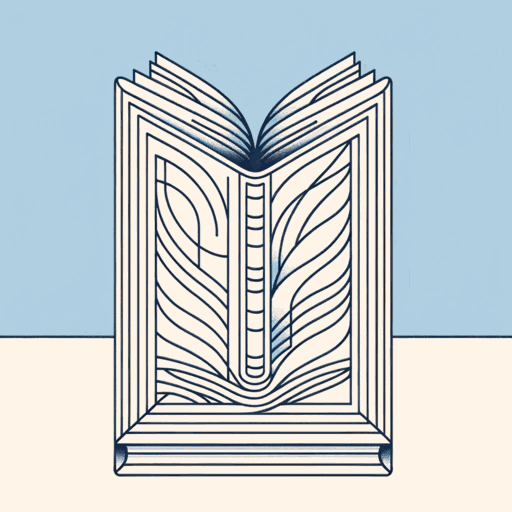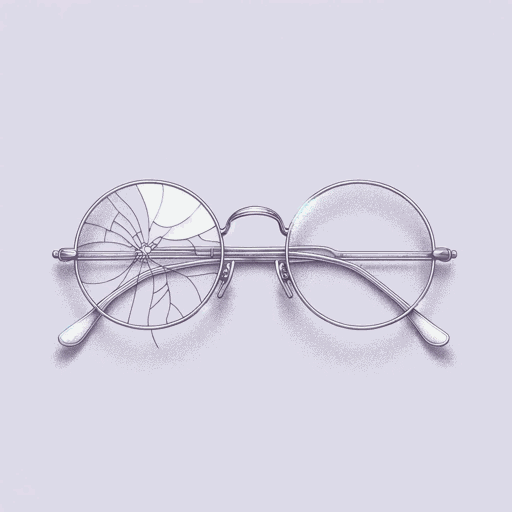45 pages • 1 hour read
Sigmund FreudThe Uncanny
Nonfiction | Essay / Speech | Adult | Published in 1919A modern alternative to SparkNotes and CliffsNotes, SuperSummary offers high-quality Study Guides with detailed chapter summaries and analysis of major themes, characters, and more.
Summary
“Screen Memories”
“The Creative Writer and Daydreaming”
“Family Romances”
Part 1, “Leonardo da Vinci and a Memory of His Childhood”
Part 2, “Leonardo da Vinci and a Memory of His Childhood”
Part 3, “Leonardo da Vinci and a Memory of His Childhood”
Part 4, “Leonardo da Vinci and a Memory of His Childhood”
Part 5, “Leonardo da Vinci and a Memory of His Childhood”
Part 6, “Leonardo da Vinci and a Memory of His Childhood”
Part 1, “The Uncanny”
Part 2, “The Uncanny”
Part 3, “The Uncanny”
Key Figures
Themes
Important Quotes
Essay Topics
Part 1, “Leonardo da Vinci and a Memory of His Childhood”Chapter Summaries & Analyses
Summary: Part 1, “Leonardo da Vinci and a Memory of His Childhood”
Freud opens his essay on the famous Renaissance polymath Leonardo da Vinci by claiming that the psychical functioning of the most brilliant of people is equally as mysterious as that of the mentally-unwell patients with whom psychiatric research is normally concerned. With this, Freud embarks on a biography of da Vinci. During his early years, da Vinci had a great capacity for pleasure, and though he was amicable and pleasant, increased the sense of mystery around him with by exhibiting a retiring nature. Accusations of alchemy and witchcraft led da Vinci away from the arts and toward the sciences. Da Vinci had a habit of leaving paintings unfinished and was a slow worker. Though da Vinci produced an exceptional number of sketches, his inhibition was a “harbinger” of his latter retirement from painting, according to Freud.
Da Vinci was contradictory in other ways, too. While other artists promoted themselves aggressively, da Vinci was passive, and even a vegetarian. Yet he also designed weapons of war. Conflict during his lifetime is unremarked in his notes. Da Vinci also had an ascetic sexuality. A charge of unlawful homosexual practices was brought against him but ended with his acquittal. His apprentices were all handsome youths and the last became his heir.
Related Titles
By Sigmund Freud

Civilization And Its Discontents
Sigmund Freud

Moses and Monotheism
Sigmund Freud

On Dreams
Sigmund Freud

The Freud Reader
Sigmund Freud

The Future of an Illusion
Sigmund Freud

The Interpretation of Dreams
Sigmund Freud

Three Essays on the Theory of Sexuality
Sigmund Freud

